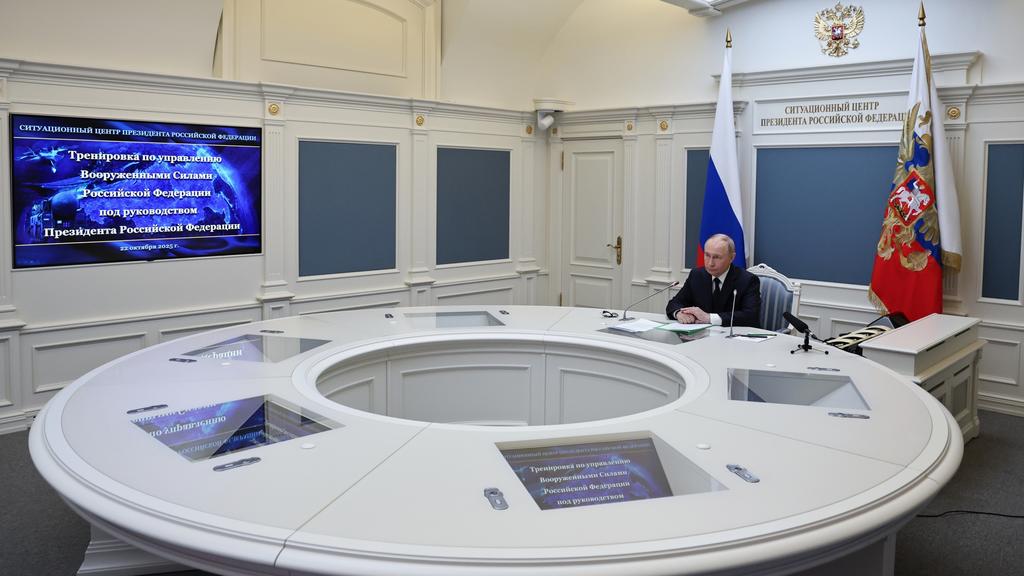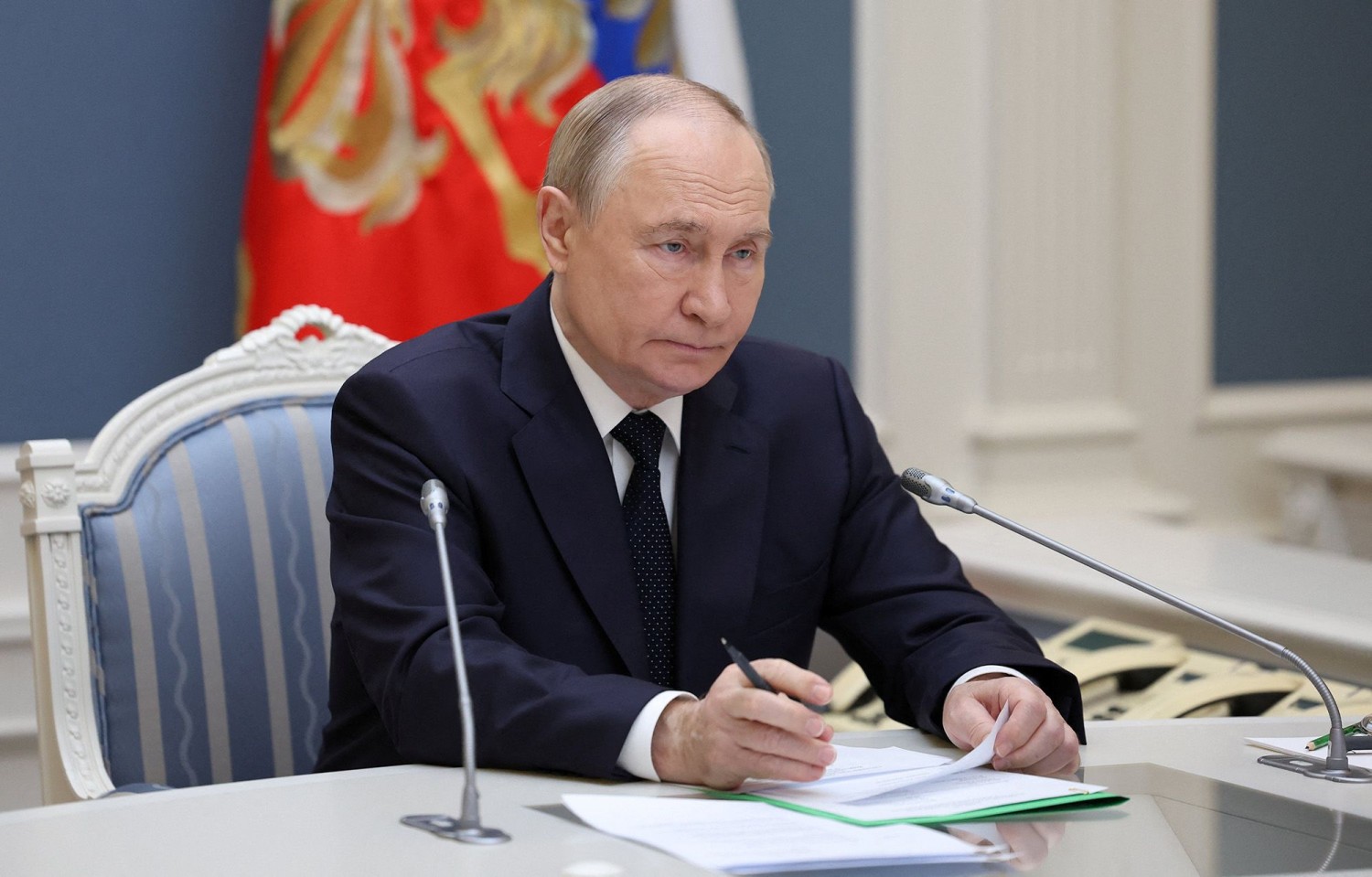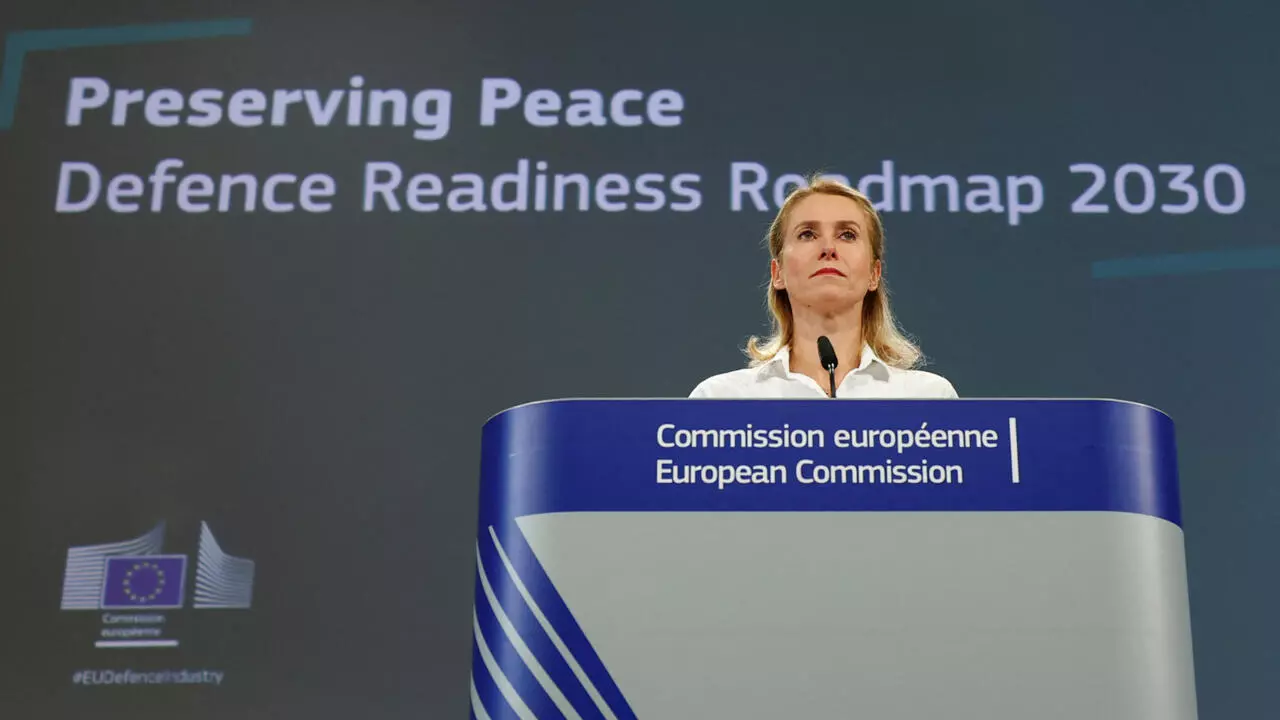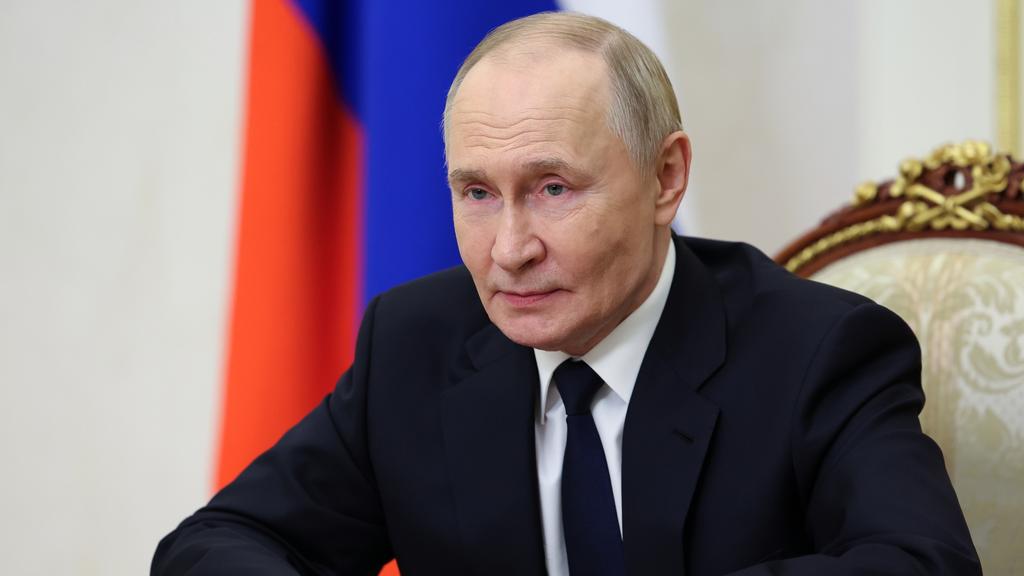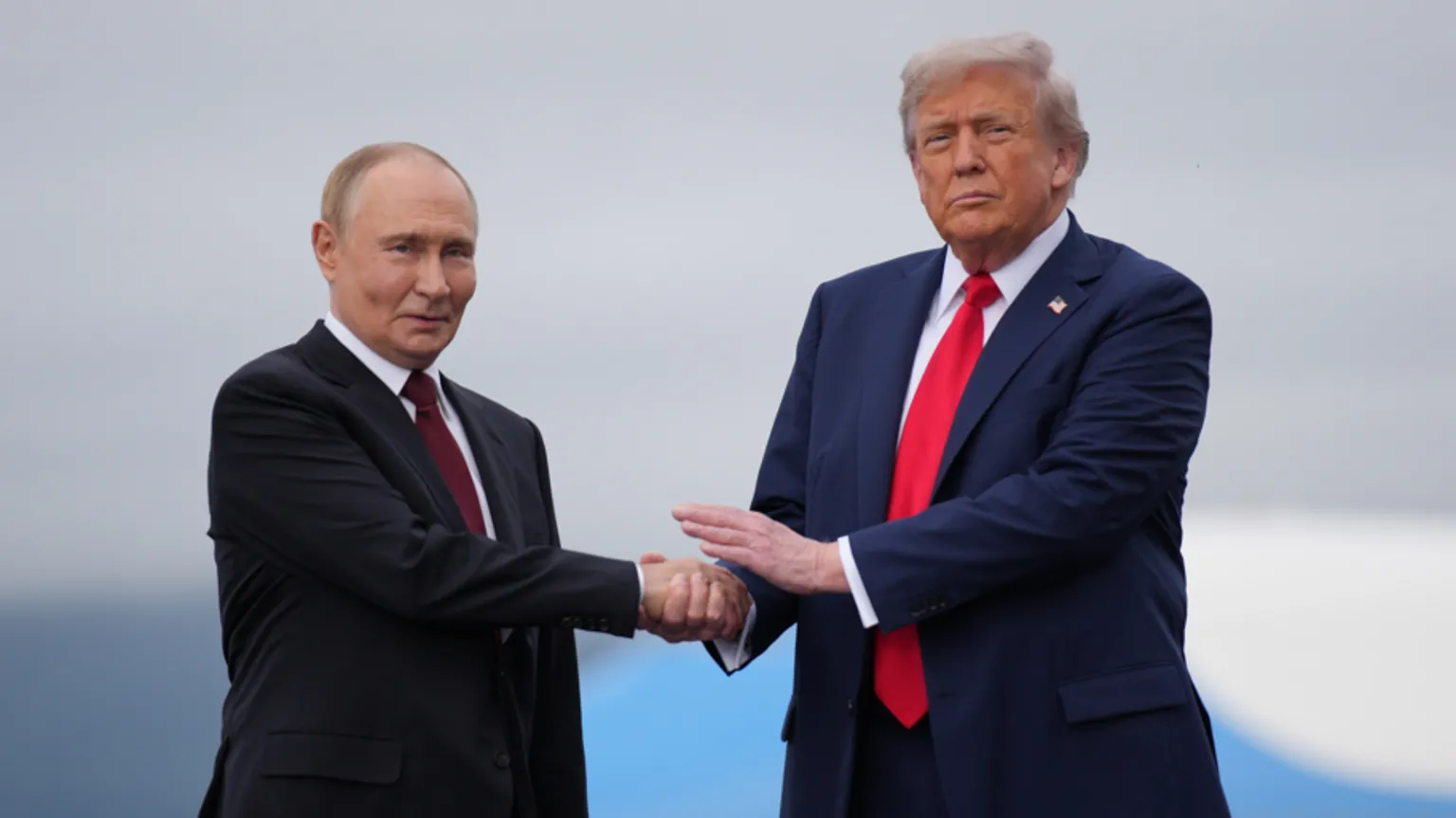
This article is more than
3 year oldRussia-Ukraine will be world’s first ‘naked war’
The fog of war is history.
In the past, we only knew what was happening when the wounded began returning home. Then spy planes and satellites were put in the skies. Now every one of us has access to swarms of real-time social media videos and pictures.
That’s why Ukraine will be the starkest war in history.
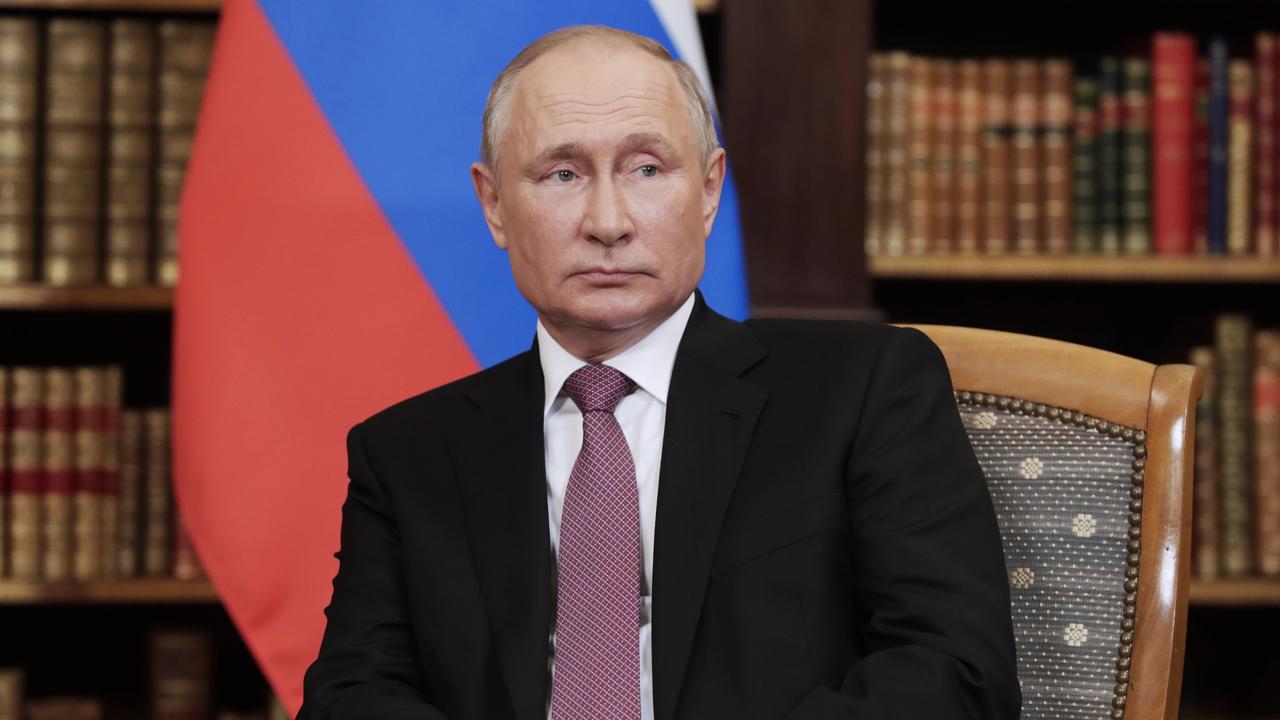
The raw reality of Vietnam shocked the world. Children fleeing napalm strikes. Captured soldiers with pistols put to their heads, moments before execution. Such shocking imagery stripped away the gloss of patriotism and propaganda.
And that was primarily due to the efforts of just a handful of reporters.
Ukraine has already revealed how difficult it is for governments to sustain a narrative in the digital era – this will be the world’s first ‘naked war’ where anyone with an internet connection can report on what’s happening. Everybody has intelligence data at their fingertips beyond the dreams of CIA operatives based in 1970s Hanoi.
Belgorod, #Russiapic.twitter.com/FOwx8BZNsX
— marqs (@MarQs__) February 17, 2022
It’s called Open Source Intelligence (OSINT).
“The resources now available to individual citizens approaches those once reserved for the superpowers,” defence analyst Victor Abramowicz argues for the Lowy Institute.
That’s why Moscow’s mobilisation has been tracked every step of the way.
Russian Air Force ?? Ka-52s, Mi-17s and what look like Mi-24/35s at an unspecified field at Valuyki.
— Evergreen Intel (@vcdgf555) February 17, 2022
There is an unused airfield at 50.223421°N 38.110431°E with a long building like the one seen in the video. I believe this is the geolocation. https://t.co/lSAMPfv9eQ pic.twitter.com/UQhOJWUrRG
Amateur analysts noticed a year ago that Russia had apparently forgotten to take its tanks, trucks and artillery home after regularly scheduled war-games with Belarus.
Over time, commercially available satellite photographs revealed these stockpiles were being added to. Then, come November, Moscow’s efforts to speed up preparations resulted in a flood of footage of trains and trucks hauling military equipment on social media.
It’s all become possible in just the past eight years.
“Social media, big data, smartphones and low-cost satellites have taken centre stage, and scraping Twitter has become as important as anything else in the intelligence analyst toolkit,” says Professor Craig Nazareth of the University of Arizona’s information operations centre. “These technologies have also allowed news organisations and armchair sleuths to follow the action and contribute analysis.”
Open Source Intelligence (OSINT)
Commercial satellites and civilian snaps produce a birds-eye view of the unfolding international crisis. It’s not likely to stop once the shooting starts but not everything can be taken at face value. Deliberate misinformation is regularly being fed into the mix.
This can simply be a troll seeking enjoyment out of sewing chaos. It can also be a concerted campaign by military agents.
But the tools needed to check, validate and verify are also in the hands of the general public.
A lot of footage is being posted online of Russian military movements along the Ukrainian border. We’re working with the #OSINT community to document, verify & map this information. You can find our map of verified movements here: https://t.co/2uqsSML5Qe pic.twitter.com/ToGku2xX8G
— Centre for Information Resilience (@Cen4infoRes) February 9, 2022
Picture histories can be searched. Metadata can be extracted. Original sources can be traced. Most importantly, their context can be cross-checked.
That leaves armies with nowhere to hide.
“A plethora of satellite imagery providers generate detailed views of Moscow’s deployment of more than 100,000 troops to Ukraine’s borders,” says Abramowicz.
Google Earth is just one source for commercial satellite imagery. A subscription to its providers – such as Maxar or Planet – will produce images that may be just days old instead of the months or years of the free service.
Then there’s Google Street View.
Is that tank where the poster of a photo or video says it is? Is that train going where Russia’s Ministry of Defence claims?
All it takes is to identify a few landmarks – and then an investment of time to find the corresponding place.
Read More(...)
